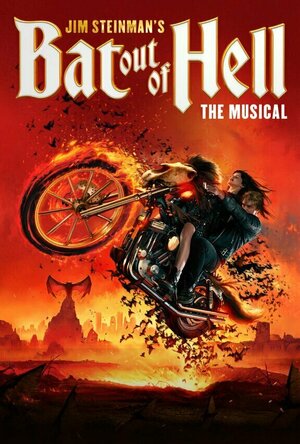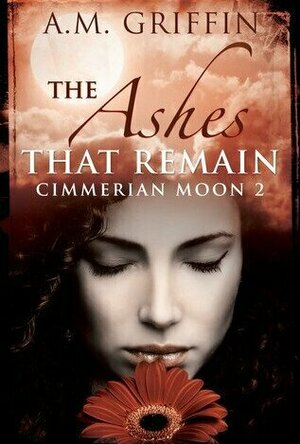Ollie SB (2279 KP) rated A Bat out of Hell: The Musical in Dominion Theatre (London, United Kingdom) in Shows
Aug 14, 2020
Written by Jim Steinman, who also wrote the original album 'Bat Out of Hell' (one of the greatest albums ever btw) this show tells the story of... well it's kinda confusing... basically, two 18 year olds that fall in love, even though the parents forbid it... but the characters are all stuck at age 18 and never age... and it's set in some post-apocalyptic, dystopian future... yeah like I said, confusing. But as I said, I didn't really see this show for the story, it was the music that carried me through this show.
The story is... okay, but the music is brilliant. It offers a slightly different take on classics such as 'Bat Out of Hell', 'Paradise by the Dashboard Lights' and 'Heaven Can Wait' amongst others. The songs really help you to understand the story a bit better, and are performed brilliantly by the cast.
Overall I would say this show is probably perfect for fans of Meat Loaf, but perhaps lacking in story for avid theatre goers. For someone like me who isn't that invested in theatre culture, but appreciates the music, this show was perfect.

Future Home of the Living God
Book
'Erdrich is one of the greatest living American writers' Guardian Louise Erdrich, the New York...
fantasy science fiction
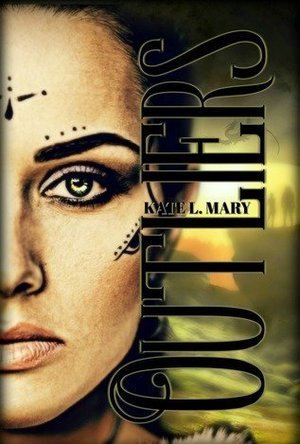
Outliers (The Outliers #1)
Book
In the dusty ruins of the world, three groups exist: the Sovereign, the Fortis, and the Outliers....
Dystopian New_Adult Romance
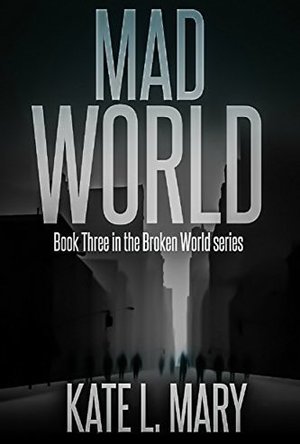
Mad World
Book
Mad World is the third book in the Broken World series, which follows a group of survivors after a...
Post Apocalyptic Apocalypse Dystopia Dystopian Zombies
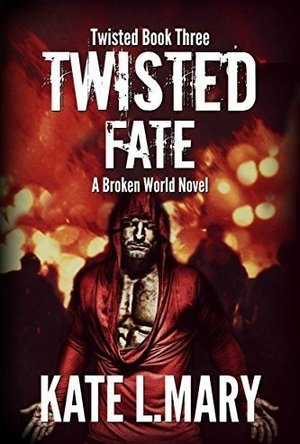
Twisted Fate
Book
The world Megan James thought she knew has been slowly unraveling. Her father disappeared and was...
Post Apocalyptic Apocalypse Dystopia Dystopian Zombies
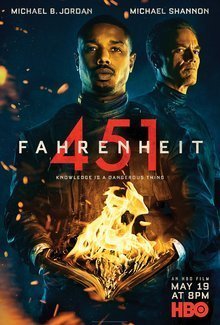
Fahrenheit 451 (2018)
Movie
In the future, after a second civil war, most reading in America is confined to the Internet, called...
dystopian future
Merissa (13524 KP) rated The Ashes That Remain (Cimmerian Moon #2) in Books
Apr 7, 2023 (Updated Apr 10, 2023)
Sinta has grown up a lot in the time gone by since the first book. She doesn't hesitate to put her hand up to go 'outside' to find other survivors although Wade has a few words to say about this. The action that continues in this book is gripping and full on - you never feel that anything isn't happening for a reason though which makes it wonderful to read.
I won't give any of the story away except to say that it had me holding my breath in places as I read as fast as I could to find out what the result was. An absolutely brilliant, breathtaking venture into Sinta's dystopian world. This is a five-star series and I can't wait for In Danger's Embrace, book 3, to be released hopefully in October.
* A copy of this book was provided to me with no requirements for a review. I voluntarily read this book, and the comments here are my honest opinion. *
Merissa
Archaeolibrarian - I Dig Good Books!
August 3, 2016
Heather Cranmer (2721 KP) created a post
Feb 22, 2023
Merissa (13524 KP) rated Designation: Submissive (The Designation Series #1) in Books
Dec 12, 2023
The premise of this story is a good one - it's a dystopian or post-apocalyptic scenario where men have been genetically altered and have become either dominant or submissive (on an individual scale). They can bond, but it is rare. Plus, the military doesn't like it as it's money down the drain. The military also finds other centres where men have been altered and cryogenically frozen. This is where Craig comes in. Sam is the dominant soldier who has been looking for a submissive who will submit all the time, in every way. Craig has been promised a dominant of his very own but was then sent on a one-way mission.
This book is high on steam if not downright erotica. I don't have an issue with that. The parts that got me were when Sam and Craig would get 'busy' but then Craig would go off on a two-page internal monologue. I'm sorry, but if it's that good, then you won't have coherent thoughts! I would also have liked a little more world- and character-building apart from the s3x side of things.
Saying that, I did enjoy it and am intrigued to know what has happened to Robert, so I will be continuing with the series.
** same worded review will appear elsewhere **
* A copy of this book was provided to me with no requirements for a review. I voluntarily read this book; the comments here are my honest opinion. *
Merissa
Archaeolibrarian - I Dig Good Books!
Dec 11, 2023
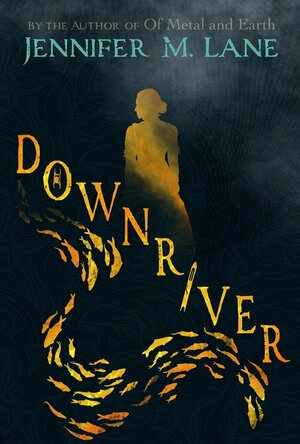
Downriver (Poison River #1)
Book
A sulfur sky poisoned her family and her heart. Now revenge tastes sweeter than justice. It’s...
Revenge Historical Fiction
